Intel Expands 8th Gen Core: Core i9 on Mobile, Iris Plus, Desktop, Chipsets, and vPro
by Ian Cutress on April 3, 2018 3:01 AM ESTThe GIGABYTE H370N-WiFi
One of the motherboards we were sampled early was the GIGABYTE H370N-WiFi. This is GIGABYTE's latest mini-ITX motherboard, and in this case using the H370 chipset - traditionally GIGABYTE's H-series mini-ITX boards implement additional features, such as HDMI 2.0, and in this case, Wi-Fi.
The initial viewing of the board is one implemented more in function than overall style. The four-phase power delivery has a heatsink, the CPU is powered by an 8-pin 12V header, and the full length PCIe slot is shielded. GIGABYTE has two full-length DDR4 slots on this model, using double sided latches, and there are four SATA ports on the right hand side of the board out of a possible six that the chipset supports.
For storage, we get an M.2 2280 slot that sits above the chipset heatsink on the front, and another on the rear:
The two key parts on this motherboard that are going to be a little interesting start with the HDMI 2.0 implementation.
Here GIGABYTE is using the MegaChips MCDP2800 chip as an LSPCon to enable HDMI 2.0 from the processor. This is fairly common for HDMI 2.0, although due to the added LSPCon cost, we still only see it on a few motherboards - mostly GIGABYTE boards.
The other thing to note will be the Wi-Fi implementation. As the H370 chipset will support a native wireless solution, it all comes down to which companion RF model GIGABYTE has chosen. A quick look in the device manager shows this:
Here Intel is using the AC-9560, which is Intel's 2x2 802.11ac Wave 2 (160 MHz) solution - the high cost one.
Another feature on the new motherboards will be the USB 3.1 Gen 2 (10 Gbps) support. Here we see GIGABYTE not bothering with the fastest USB 3.1 implementation - all the ports here are USB 3.1 Gen 1 (5 Gbps) standard - even the port being enabled via a Type-C redriver. This means that this board could be seen as just a refresh of the 200-series version, with only the chipset changed to support the new processors. The motherboard does not have additional front panel headers for 10 Gbps either, meaning that this board uses exactly zero of the four that the chipset supports.
Elsewere on the board we spot the dual NICs, powered by Intel I219-V and Intel I211-AT controllers.
The audio, despite being a 3-plug stack, is powered by the Realtek ALC1220 codec.
In our box with the board, aside from the usual CD/manual/IO shield, we also got two SATA cables and a pair of Wi-Fi antenna. Nothing overly complex.


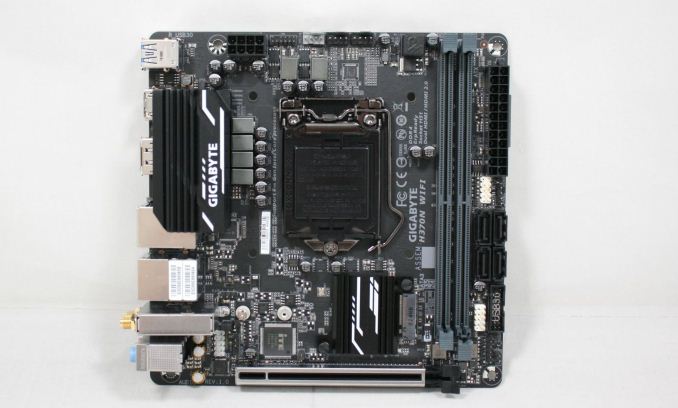
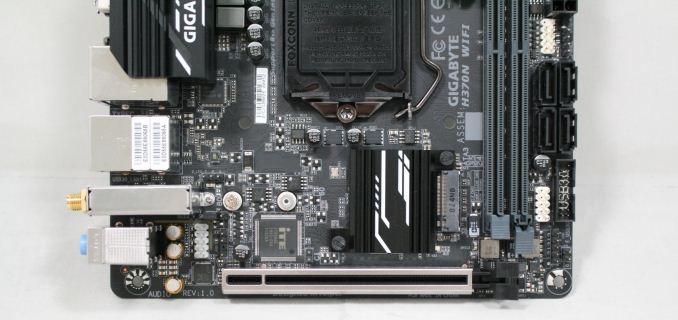
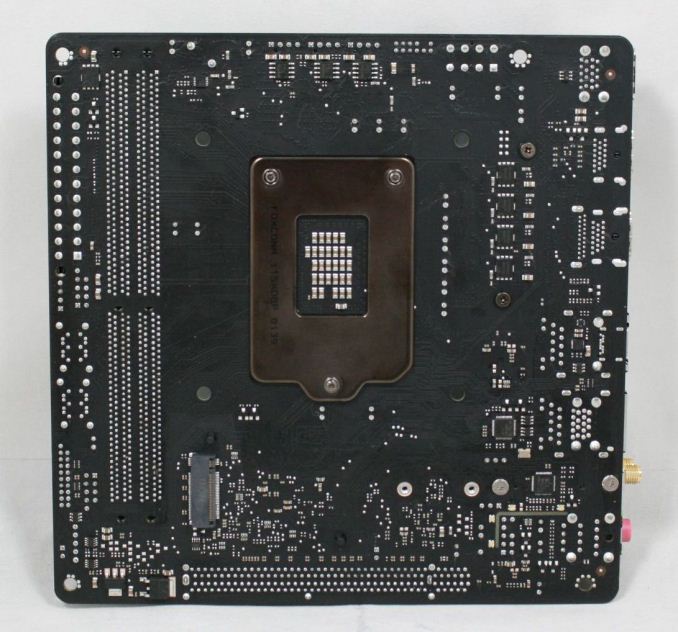
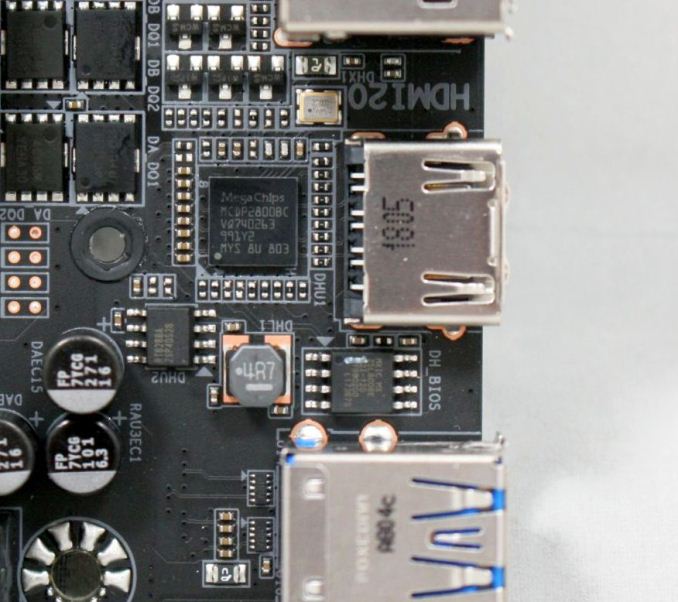
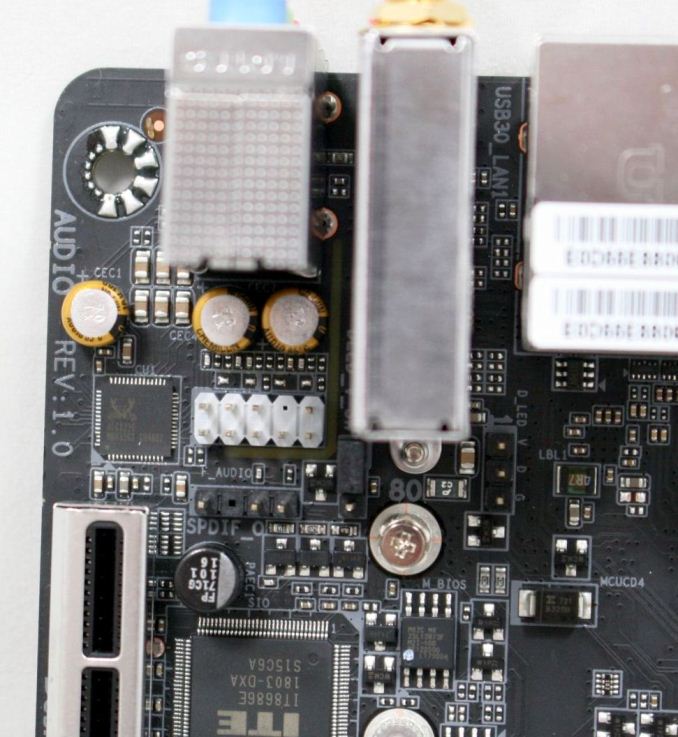
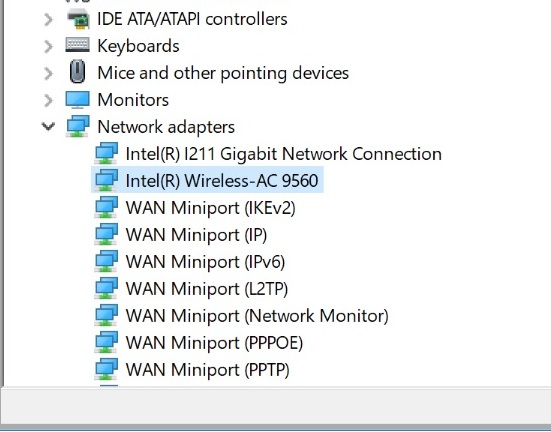

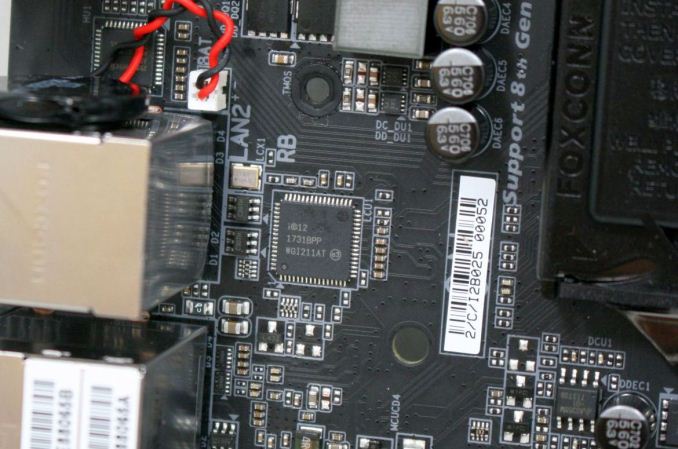

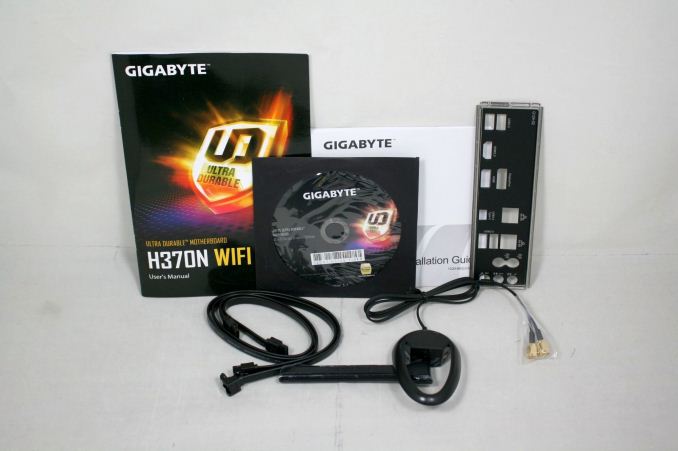














123 Comments
View All Comments
BillBear - Tuesday, April 3, 2018 - link
Actually, we've already seen ARM chips surpass Intel in the server space where Intel is strongest.https://blog.cloudflare.com/arm-takes-wing/
FunBunny2 - Tuesday, April 3, 2018 - link
"2020 from Intel x86 CPUs to some sort of higher performance ARM processor "well, they could stamp 12 or 24 or 48 ARM cores on a chip, and call it a CPU. but that would mean they've abandoned single thread performance. it only makes sense if they've some secret multi-threaded sauce, built into macOS (or whatever they end up calling it), that runtime converts from single to multi. that's some Catch 22.
PeachNCream - Tuesday, April 3, 2018 - link
It sounds like the current intent is to consolidate under iOS across all of their computing devices. I do wonder how you'd reach a x86-comparable performance level with ARM cores. You're right they'd almost have to go crazy into multi-threaded stuff, but there are still some workloads that just don't benefit much. Like I said above though, I'm not really praising the move or particularly excited about it. It's just something that'd be interesting to watch happen.HStewart - Tuesday, April 3, 2018 - link
A non Intel based Mac will never replace high end mac - that may try it say MacBook Air line - but it likely be very unsuccessful.SaturnusDK - Tuesday, April 3, 2018 - link
You underestimate the baa! of the iSheep. They'll buy whatever crap Apple launches.serendip - Tuesday, April 3, 2018 - link
I was a Macbook and Powerbook user around the time of the PowerPC/x86 transition. Apple handled it well by having the Rosetta translation library; the Intel Core Duo chips back then had enough grunt to handle translated code at a decent speed too. It took a few years before big programs like Photoshop had native Mac Intel ports.An ARM Macbook with 20 hour battery life and Intel-equivalent performance would be a big seller provided code translation works well and popular apps have native ARM versions. Most Macbooks are used for Web and app development so it won't be hard to recompile code for ARM. I'd say Apple could do this better than the half-baked efforts by Windows OEMs to make Qualcomm PCs.
BurntMyBacon - Wednesday, April 4, 2018 - link
Are we talking low end Apollo Lake or high end Coffee Lake equivalent performance. The former isn't going to have compelling performance in anything beyond (perhaps) Web Apps. The later is a pipe dream. I don't much care for Intel as a company, but do you seriously believe they are so incompetent at designing processors that a company with only 8 year experience designing processors (Apple) is going to double battery life (Macbook) with the same performance while using translation? Catching up to Intel, while not easy, is doable. After all, many of the things Intel did to get to their current performance are now known quantities. Very suddenly passing Intel up doesn't seem plausible as that would require Apple to have design expertise Intel doesn't have. Very suddenly passing them up by such a wide margin ... well I hope it happens as it would spur on competition. However, hope is not in fact a strategy, so I'm not counting on it. More realistically, they could take the AMD approach of offering more cores and trading off single threaded performance for mult-ithreaded performance. That may make it compelling for some use cases.serendip - Wednesday, April 4, 2018 - link
20 hours based on the Qualcomm PCs which a few vendors have demoed. An Apple ARM chip could achieve similar battery life with similar x86 translation performance. If Qualcomm can do it, I would bet that Apple can too, especially as they control both hardware and software on their devices.fteoath64 - Thursday, April 5, 2018 - link
Not only this. Apple can add special "sauce" in TensorCore chips into the mix and moe specialised co-processors within the Arm CCN that Intel cannot really match. There is much to innovate in that space where Intel just went into "brute force" speed and power-savings just to market their chips over the last few generations. Apple's GPU expertise is also coming to speed so there is much hope there....HStewart - Saturday, April 7, 2018 - link
Using AMD for CPU is non-sense - it obvious that Intel has lead on AMD especially in the Mobile CPU and Apple has pretty much abandon the desktop area. Only with iMac Pro with monitor based iMac's are basically now mobile cpu because of size and power.